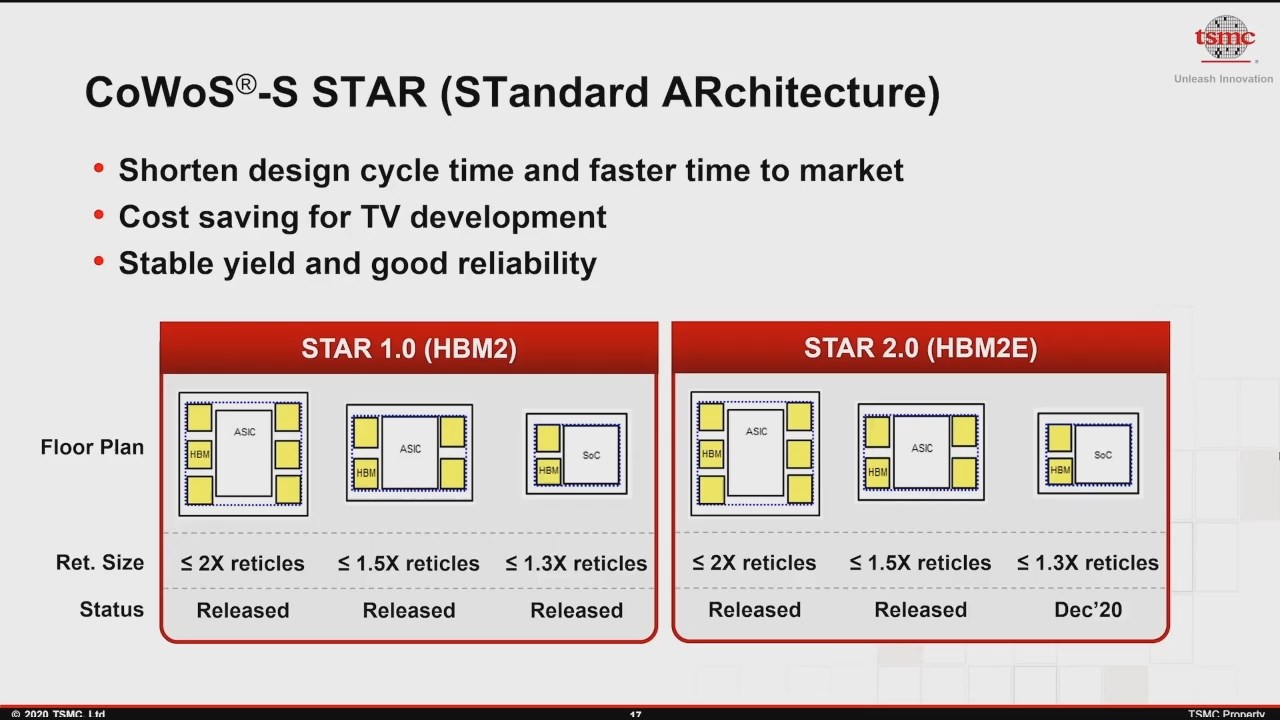Some leakers changed from A14X for the first Apple Silicon based Macs to A14X based Apple Silicon,Someone on Twitter claimed that Apple Silicon actually has a special "x86 memory model" mode for x86 emulation.
It's not unexpected, as x86's stronger memory model is a big problem when emulating x86 from an ISA with a weaker model (practically every RISC ISA out there has a weaker model).
MacBook (July 30th):
"MacBook A14X"
between:
"sizes Apple Silicon A14X > A14X(for iPad)"
MacBook Pro (today):
"Apple Silicon (A14X based) (Same as MacBook) or Intel chips (optional)"
Mod edit (Pete): Formatting for readability.
Last edited by a moderator:



